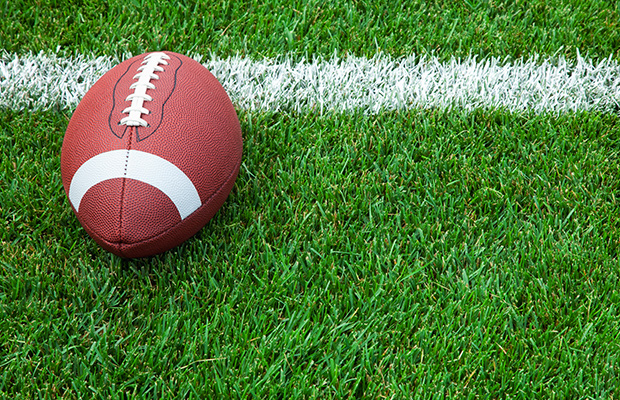April 14
April 14, 2009
Charles "Bob" Craver
April 16, 2009It’s rare to find cases like that of paralyzed motocross teen Wesley Bandemer of Morgan City, but it’s proof of how an injury can change both a sport and a person’s life involved in sports.
In the continuously changing sports world, one thing has remained the same – injuries.
No matter how big or small, an injury can alter the makeup of a team, change the outcome of a game or completely alter an entire season.
Every week 19-and 20-year-olds put their body through the physicality of sports, just to help their team win. Years down the road however, it will catch up to them.
According to Dr. Neil Maki, one of Thibodaux’s few orthopedic surgeons, even if someone does not experience a single injury while playing, the wear-and-tear could affect that person later in life.
“Down the road some people will feel the effects of playing sports,” he said. “Not everyone will have the same experience, but eventually it can tend to catch up with the body.”
At Nicholls State University, head athletic trainer Jeff Smith said the most common sports injuries are sprains and strains which every athlete experiences. However the location depends on the sport.
Different sports cause different injuries.
“The most common things would be sprains and strains,” Smith said. “Now that it’s baseball season we get a lot of shoulder strains, muscle strains and rotator cuff injuries. We’re also in track and field so we get a lot of overuse and chronic injuries. Shin splints, stress fractures and the season dictate the injury.”
Several things can influence an injury, according to both Smith and Maki. Things like weather conditions, not properly maintaining nutrition and continuous pressure on a part of the body are among some of the things that can cause injury.
To educate athletes, Smith said the training staff holds meetings before the season to discuss preventative measures to avoid injuries.
“Before the season we do in-services with everyone as a group,” Smith explained. “We’ll talk with the training staff about proper nutrition and hydration because it’s new to a lot of people. Some of these are kids can come from demographics where they didn’t have much, so for some it’s just education. Our student athletes have the luxury of coming to us and we’ll help them and guide them through it.”
Maki added that he encourages athletes to drink lots of fluids.
He also said that there still is a big belief that early in the day or night before an athletic event it is good to load up on carbohydrates.
When an injury does occur, and breaks, tears or ruptures are involved, surgery becomes the viable option.
That’s where Maki comes in.
“Some fractures we operate on, others we don’t operate on,” the doctor said. “We look for an early return to motion. If it’s surgery on soft tissue like tendon repairs it’s just 3-6 months. Sometimes elbow injuries can be six months up to a year. It all depends on how serious the injury.”
Through surgery, an athlete can recover to their form before the injury, Maki said. He admitted that the younger the athlete, the more likely they are to return to the sport quicker.
Once surgery is decided, the next step is rehab. Smith said he takes pride in nursing the athlete in-house.
“We have a brand new great weight room and that’s a rare resource for us to rehab,” Smith said. “If we can rehab it right the first time, that’s the key. The weight room is a big injury preventative thing for us. We really like to be proponents of proper weight training.”
“If they do it right it can be our best friend, if we do it wrong it can be our worst enemy,” he added.
Of course, when head or neck injuries are involved, such as in Bandemer’s case, rehabbing can take years.
“Head injuries are bad, paraplegia is the worst,” Maki said. “We look for signs that they can’t remember. They can’t remember the play or can’t remember the sign. When that happens things are a little more serious. Thankfully we don’t see head injuries or paraplegia often.”








